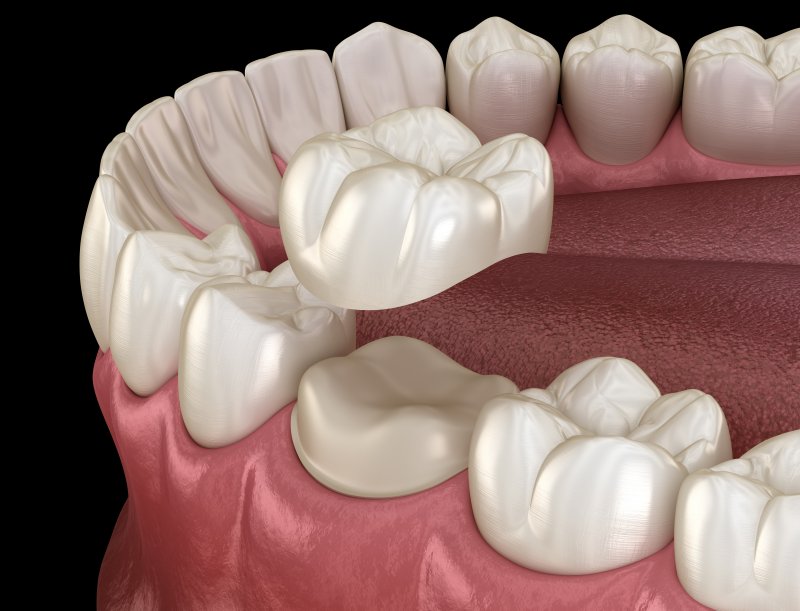Better Tooth Preservation: The History of Dental Crowns
November 8, 2024

Dental crowns as we know them continue to be one of the most widely used forms of restorative care in dentistry. Designed to repair and preserve damaged teeth, they offer patients the opportunity to enjoy life without enduring unnecessary extractions and costly tooth replacements. But has it always been this way? Surprisingly, no. Read on to learn more about the history of dental crowns and how they’ve become an ideal option for anyone looking to maintain their natural teeth.
The Early Years
Long before the first “crowns” were created, a decayed or damaged tooth was likely to be extracted. However, by 166 to 201 AD, the American Dental Association states that gold crowns were being used along with bridgework among Etruscans. As a symbol of wealth, women, especially, used them for aesthetic purposes, having their healthy teeth removed and replaced with gold. Unfortunately, their instability caused them to fall apart when used for eating.
By the 1500s, barbers and surgeons were the ones practicing dentistry and performing various drillings and extractions as well as dental crown placements.
In 1575, Ambrose Pare, the Father of Surgery, discovered a more practical way to treat tooth decay – he used dental crowns.
More Significant Advancements
After a few more centuries, Claude Mouton became the first person to suggest the use of white enameling for gold crowns. This produced a more natural-looking aesthetic. But it was John Baker who brought this practice from England to America in the 1700s.
By the 1800s, Dr. Charles H. Land created the porcelain “jacket” crown – one of the most significant advancements in dentistry. Designed to conceal the affected tooth and make it appear whole, the crown covered the entire visible structure. However, this particular material was prone to cracking, which made it unlikely to withstand daily wear and tear.
Entrance of the 20th Century
With the arrival of the 20th century, dentists found that fusing porcelain with metal could create crowns that not only looked aesthetically pleasing but also remained highly durable against daily wear.
By 1984, synthetic crowns made of ceramics and glass became popular, resulting in these restorations being used primarily in dental offices throughout the country today.
As one of the most sought-after solutions for damaged or decayed teeth, dental crowns have come a long way. While still crafted for aesthetic purposes, they are more commonly used to preserve teeth that might otherwise be extracted.
They can be crafted from various materials ranging from gold and porcelain to metal or a combination of both, and they can remain in place for 15-20 years depending on how well you take care of them.
Dental crowns continue to stand the test of time, and there’s nothing to suggest that their place in dentistry will change anytime soon.
About the Authors
Dr. Daniel Berquist and Dr. Joseph Ornelas have been improving the smiles of La Porte residents since 2013. Both graduating with their dental degrees from Indiana University’s School of Dentistry, they come to the office each day to repair, rebuild, and restore the appearances of those in need. When significant damage or decay plagues one or more teeth, they often turn to custom-crafted dental crowns to preserve and protect vulnerable smiles. If you need help to avoid extraction, visit the website or call (219) 362-8980.
No Comments
No comments yet.
RSS feed for comments on this post.
Sorry, the comment form is closed at this time.
